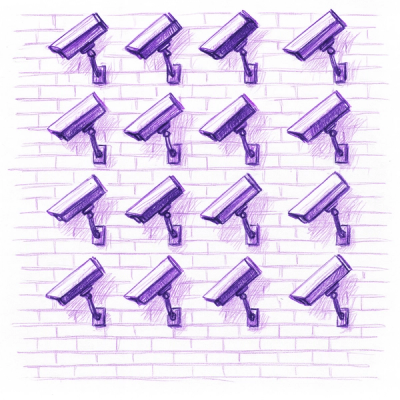SQLite GUI for Node.js Apps



Installation
To use sqlite-gui-node, you need to have Node.js installed on your machine. You can download Node.js from nodejs.org.
Step 1: Install the Package
You can install sqlite-gui-node using npm (Node Package Manager). Run the following command in your terminal:
$ npm install sqlite-gui-node
Step 2: Import and Initialize
After installing the package, you can import it in your index file of your project server.
const express = require("express");
const sqlite3 = require("sqlite3").verbose();
const db = new sqlite3.Database("app.db");
const { SqliteGuiNode } = require("sqlite-gui-node");
const app = express();
SqliteGuiNode(db).catch((err) => {
console.error("Error starting the GUI:", err);
});
app.listen(4000);
Step 3: Access the GUI
Once the GUI is started, you can access it via a web browser. By default, it runs on http://localhost:8080/home. Open your browser and navigate to this URL to start performing CRUD operations on your SQLite database.
Using a Custom Port
If you want to use a specific port, you can pass it as the second argument when initializing sqlite-gui-node:
SqliteGuiNode(db, 3005).catch((err) => {
console.error("Error starting the server:", err);
});
Using it as Express Js Middleware
If you want to use it in the same port as express, you can use SqliteGuiNodeMiddleware:
const express = require("express");
const sqlite3 = require("sqlite3").verbose();
const db = new sqlite3.Database("app.db");
const { SqliteGuiNodeMiddleware } = require("sqlite-gui-node");
const app = express();
app.use(SqliteGuiNodeMiddleware(app, db));
app.listen(4000);
Arguments
| db | sqlite3.Database | The file of your SQLite database. |
| port | number | (Optional) The port on which the GUI server will run. Default is 8080. |
Features
1. CRUD Operations
Perform Create, Read, Update, and Delete operations on your SQLite databases with ease. Our GUI simplifies the process, making database management straightforward and efficient.
- Create: Add new records to your database tables.
- Read: Retrieve and view data from your database.
- Update: Modify existing records.
- Delete: Remove records from your database.
2. Write Custom Queries
Unleash the full power of SQL by writing your own custom queries, our GUI supports it all.
3. Save Custom Queries
Save your frequently used custom queries for quick access and reuse. This feature helps you streamline your workflow by keeping your important queries organized and readily available.
4. Generate Query Code Using GUI
Generate query code directly from the GUI, saving you time and reducing the risk of syntax errors. Simply design your query using our intuitive interface, and let the GUI generate the corresponding SQL code for you.
Updating the Package
To update sqlite-gui-node to the latest version, you can run:
$ npm update sqlite-gui-node
Uninstallation
If you need to uninstall sqlite-gui-node, you can do so by running:
$ npm uninstall sqlite-gui-node
Screenshots




Troubleshooting
If you encounter any issues during installation or usage, please refer to the Issues section on GitHub.
License
The MIT License © 2024-present KERIM Abdelmouiz. All rights reserved.
Made with ♥ by KERIM Abdelmouiz










